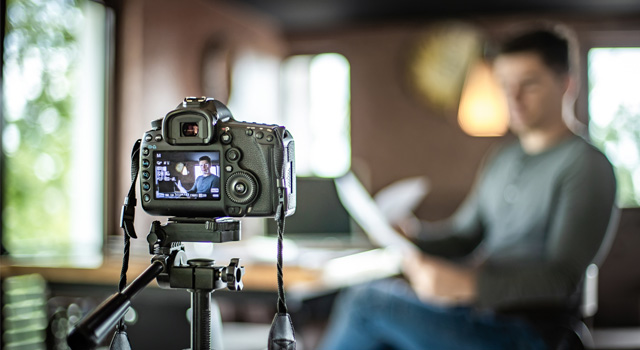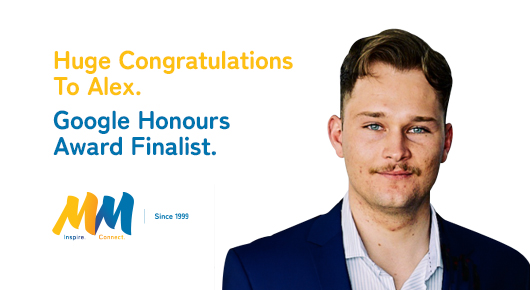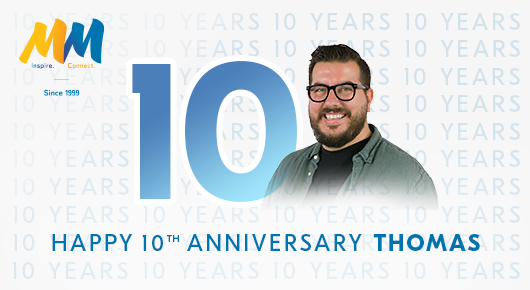People don’t simply wake up one day wanting to buy from your company. Be it B2B or B2C, there is a process that takes place, and it can be over several seconds, days, weeks, months or even years. A new customer (and to a lesser extent repeat customer) needs to be wooed. It’s like entering a new relationship. First, they need to be introduced to you. Then, they need to get to know you. Over the course of a few dates, they come to understand who you are, what you stand for and how that fits in with their beliefs and values. Only then, if they like what they see, would a relationship start to blossom. This is what content marketing is. It is what you create to entice your ideal customer and let them get to know what your brand stands for so that one day they will want to buy what you are selling.
I hear you asking, “but why should I invest all of this time and energy in creating content, when I can just run ads”? Great question. The reason content marketing is so important is that it gets you on your customer’s evoked set. An evoked set is a list of brands that a buyer is aware of and thinks well of when considering a purchase (also called the Consideration Set). Getting on this list is vital to being able to secure the final purchase.
Because our brains are so busy doing one million things at once, we take mental shortcuts to solve problems quickly and efficiently. Without really realising it, we’ll often pick our shortlist of brands based on those that come easily to mind and we have positive associations with. This is where content marketing can be incredibly powerful.
Content marketing is a long-term play at engaging with your ideal customer. It takes the approach of the customer first, unlike advertising that typically takes the role of the company first. And by building these positive associations with your brand, when the need arises for what you’re selling, the customer is likely to think of you. Even if they don’t recall you by name and immediately go directly to your website, if you show up in their customer purchasing journey (like in the search engine results page), you’re more likely to win that click.
[1] Source Monash








